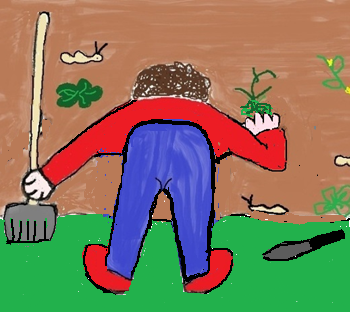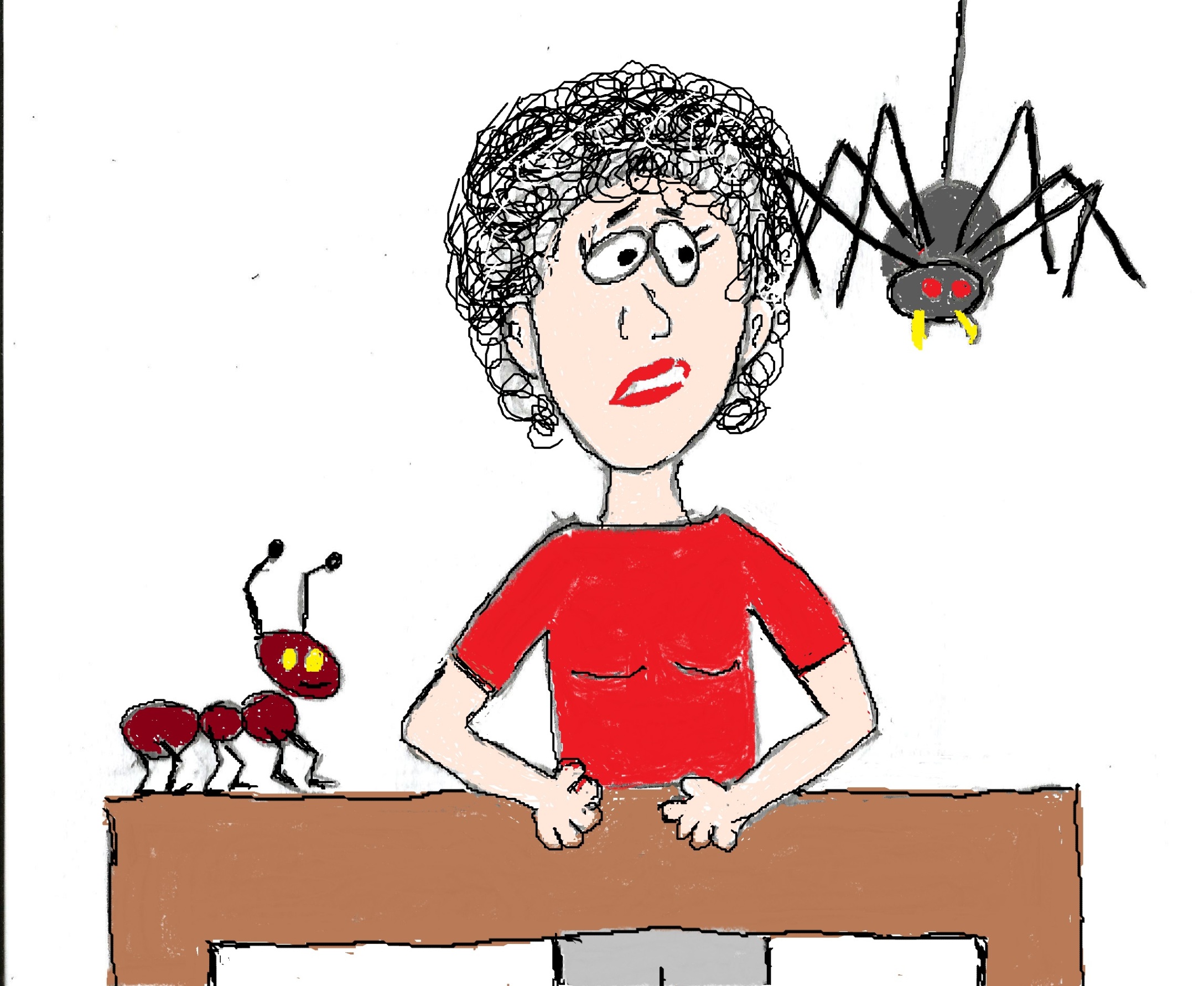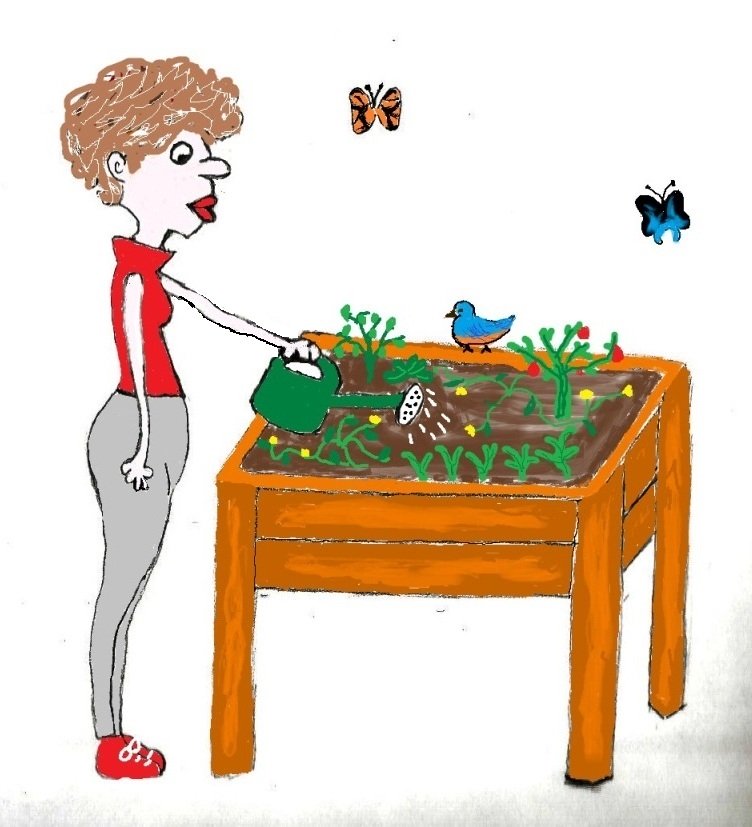- Home
- Non Toxic Home
- Non Toxic Pest Control
Got Bugs?
Try Non Toxic Pest Control
Non toxic pest control is an effective way to control bugs invading your home. So before you reach for that can of Raid, consider the health risks of exposing yourself, your kids and your pets to toxic insecticides. Then give these non toxic pest control methods a try.
Why Choose Non Toxic Pest Control?
Most indoor insecticides contain some type of Pyrethroids. These are synthetic versions of natural chemicals found in chrysanthemums (the natural chemicals breakdown quickly in sunlight so they are less effective). Types of pyrethroids, like bifenthrin, cypermethrin and permethrin, are commonly found in the most popular household insecticides. They are available in the form of powders and sprays to control ants, mosquitoes, fleas, flies, and cockroaches.
They are also possible carcinogens, endocrine disruptors linked to developmental and reproductive effects, toxic to your nervous system and can cause asthma-like reactions with exposure.
When you use them in your home you’re risking your health. You’re exposed to them not only during application but also from the pesticide residues that linger in your home. For example, studies on pesticide levels in homes after setting off flea bombs found pyrethroid residues remain for weeks. And the highest levels are near the floor - putting pets and children at risk.
Plus the health of your kids and pets are at an even greater risk from exposure because of their size and behaviors. Because of their small size, kids take in more toxins relative to their body weight.
The organs of young children are also still developing and their livers are less efficient at breaking down and removing toxins. Kids also spend more time on the floor and are always putting things in their mouths, which can expose them to toxins.
The smaller bodies of pets also make them more susceptible to chemicals and they absorb pesticides through their mouth, nose, and eyes, and can absorb through their skin any powder that sticks to their fur.
And you know what? There is really no reason to expose yourself to pyrethroids just to keep your home bug-free. I manage to do it easily with non toxic pest control methods.
Non Toxic Pest Control - Soak Um, Suck Um Up or Dry Um Out
Life is complicated enough. Whenever possible I like to keep it simple. While there are plenty of good natural options available, like DIY insect baits and sprays, I’ve found I only need 3 things to control indoor bugs.
1. Wondercide
Soak um with Wondercide Pest Control, an organic cedarwood oil based spray that is safe to use indoors and out and on your pets. I have personally used Wondercide to control ants, fruit flies and fleas, both on my dog and in the house, and as a bug repellent when I’m outside. But this natural spray is useful on many more bugs.
On Wondercide’s website the list of insects this spray controls include:
Fleas - Ticks - Mites - Bed Bugs - Wasps - Yellow Jackets - Ants - Moths -Scorpions Termites - Silverfish - Roaches - Lice - Spiders - Mosquitoes

2. Food-grade Diatamaceous Earth
To dry um out, give food-grade diatomaceous earth, a fine powder made from aquatic diatoms, a try. These microscopic shards of diatoms cut through an insect’s outer covering, causing them to dry out and die. Because of this, it is useful to control everything from fleas and bedbugs to cockroaches.
To use for insect control, apply in areas where you’ve seen bugs, especially cracks and crevices and places where they’ll walk through it. Because any type of dust can irritate your lungs, always wear a dust mask when applying this. And don’t use diatomaceous earth if you have lung problems.
3. A Hand Vacuum
To suck um up I love a hand vacuum for insect control, especially for flying insects. It’s the only thing I use on the Stinkbugs that invade every spring. There’s something very gratifying about sucking those smelly buggers up. Once you do, just take them outside and drown them in a bucket of soapy water.
If you want to go high tech you can buy a vacuum specially designed to catch insects.
How to Get Rid of Ants
One spring I noticed some Pharoah ants on my kitchen counter. (They are the small, reddish-brown ants that persist through the winter months, and enjoy sweets, but will eat anything.) I grabbed my Wondercide, sprayed um, wiped up the dead ones and sprayed the counters again.
A few days later I spotted more ants and repeated the process. I haven’t seen any ants on my counter since. Wondercide killed the individual ants and erased the chemical trail that lines of ants follow.
Easy peasy, right? In fact, it’s even easier than reaching for that can of Raid.
You don’t have to worry about covering everything in your kitchen to keep the pesticide from landing on your dishes and food. Heck, you don’t even have to wipe the counter after you spray cedar oil on it. And best of all, you’re protecting your health.
Now, if you have ant infestations in multiple areas of your home Beyond Pesticides.org recommends drying um out with food-grade diatomaceous earth. Place the dust in wall voids or cracks and then seal them, or sprinkle powder lightly around the edges of carpeted areas or brush it into the carpet, wait three days, and then vacuum. In cracks, the dusts can be effective for many years, as long as they are kept dry. Once-a- year applications to carpets should suffice.
How to Get Rid of Spiders
(If you’re arachnophobic you can skip this section.)
I learned to appreciate spiders while I was in grad school. I was living in this quirky old boathouse that had been turned into a rental.
And yes, it was long and narrow. It was located along a tidal river next to a tidal marsh. In other words, the mosquitoes were large and plentiful!
It was the spiders that lived in every corner of that place that kept the blood suckers under control. Ever since, I have happily coexisted with spiders.
They are allowed to live in every room of my house except the bedroom. So, consider raising your spider tolerance level and share some of your space with them.
If that’s out of the question, the next best option is to trap and release them outside. To do this invert a wide-mouthed jar over the spider and slide a piece of stiff paper or thin cardboard under the jar while keeping the jar pressed against the surface on which the spider is standing.
Keeping the paper pressed against the mouth of the jar, turn the jar over and tap the paper so the spider falls in the jar. Carry the jar outside and shake the spider out.
I’m guessing some of you are feeling the heeby jeebies right now, so here’s a third option. Soak um with Wondercide. Then once you kill (or relocate if you used the jar method) the spiders, use your hand vac to remove webs and egg cases. That’s all there is to it.
Whole Home and Outdoor Non Toxic Pest Control
If you have more complicated insect issues, try a portable electric fogger. You can fog your whole house in the morning with Wondercide for indoor pests, get rid of all the bugs and sleep safely in your own bed that night.
For outdoor spaces use Wondercide Outdoor Pest Control Spray.
BeyondPesticides.org is a great resource for researching specific bug problems. Just click on the bug to find useful info on nontoxic and least toxic control methods.
For information on how to rid your home and pets of fleas, check out these posts- Non Toxic Flea Control and How to Safely Protect Your Pup From Fleas.
You don't have to expose yourself, your kids, or your pets to dangerous pesticides just to have a bug-free home. With non toxic pest control you can protect your health and banish bugs.
 Non Toxic Weed Killer Non Toxic Weed Killer | |||





